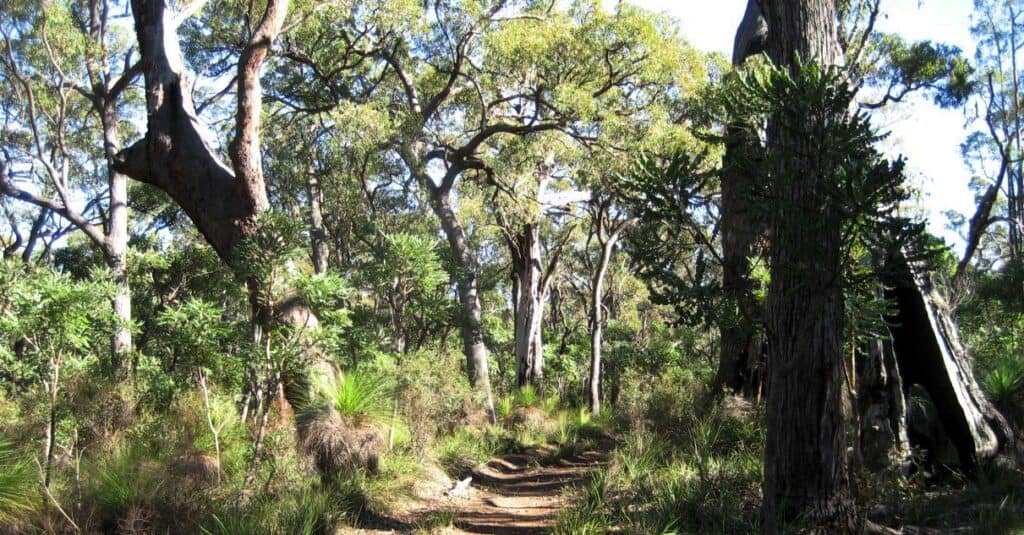The popularity of bushwalking is on the rise with a significant surge in participation in Western Australia as well as nationally. HikeWest is thrilled that so many people are heading out and walking in the outdoors, but it’s important to do so safely. Below are some things to consider before you embark on a bushwalk. Being prepared can save your life.
Listen to HikeWest talking about hiking safety on ABC Perth
 Know where you’re walking: Walking in urban parklands close to the city, with good phone reception and other people on the track, can be immensely different to walking in bushland in a remote location with no mobile signal and no one else around.
Know where you’re walking: Walking in urban parklands close to the city, with good phone reception and other people on the track, can be immensely different to walking in bushland in a remote location with no mobile signal and no one else around.
Do your research: Find out how challenging the walk is, what condition the track is in, and how long you might expect to take to complete that walk considering your level of fitness and experience. The Trails WA website provides information about hundreds of hiking trails. You can also find information on apps such as All Trails, hiking blogs such as The Life of Py, and these online resources.
Build up your bushwalking fitness and experience: Start with shorter walks on easier trails and gradually build up your fitness before attempting challenging full day hikes or multi-day hikes. Consider doing some introductory walks with one of the many fantastic bushwalking clubs in WA or with an organisation like the Bibbulmun Track Foundation.
Consider the time of the year and the conditions: Walking in the height of summer can be dangerous in terms of heat stroke, dehydration, wildlife (e.g. snakes) and bushfires. Know the danger and check Park Alerts and Emergency WA for the latest bushfire information before you go near bushland on any hot and windy day. Walking during winter can also present risks if you don’t have the appropriate gear for cold or wet conditions.
Dress appropriately: Wear clothing to suit the conditions and bring additional clothing (e.g. warm layers or wet weather gear) in case the weather changes. Wear appropriate footwear for the type of walk you are doing.
Carry adequate water and food: Bring sufficient food and water for your walk, as well as additional supplies in case the walk takes longer than anticipated or in case you encounter unforeseen circumstances.
Bring a first-aid kit and learn basic first aid: A basic first aid kit is essential in case you or someone in your group injures themselves. This St John article outlines some first-aid tips for hikers and what should be in your first-aid kit. Also consider doing a first aid course. St John offers a free First Aid for Hiking online training course, as well as many other in-person first aid courses.
Have a battery pack and printed map: Download maps to your phone so you can switch your phone to flight mode to conserve energy and bring a back-up battery pack just in case. If you’re going somewhere remote or going out by yourself, bring a printed map and a compass. There are online resources that can show you how to read a map and use a compass, or consider doing a navigation course
Bring a personal locator beacon: If you are hiking in a remote location or are likely to be out of mobile reception range, carrying a personal locator beacon with you is highly recommended. This will enable you to call for help if you are injured or find yourself in a life-threatening situation.
View more news updates